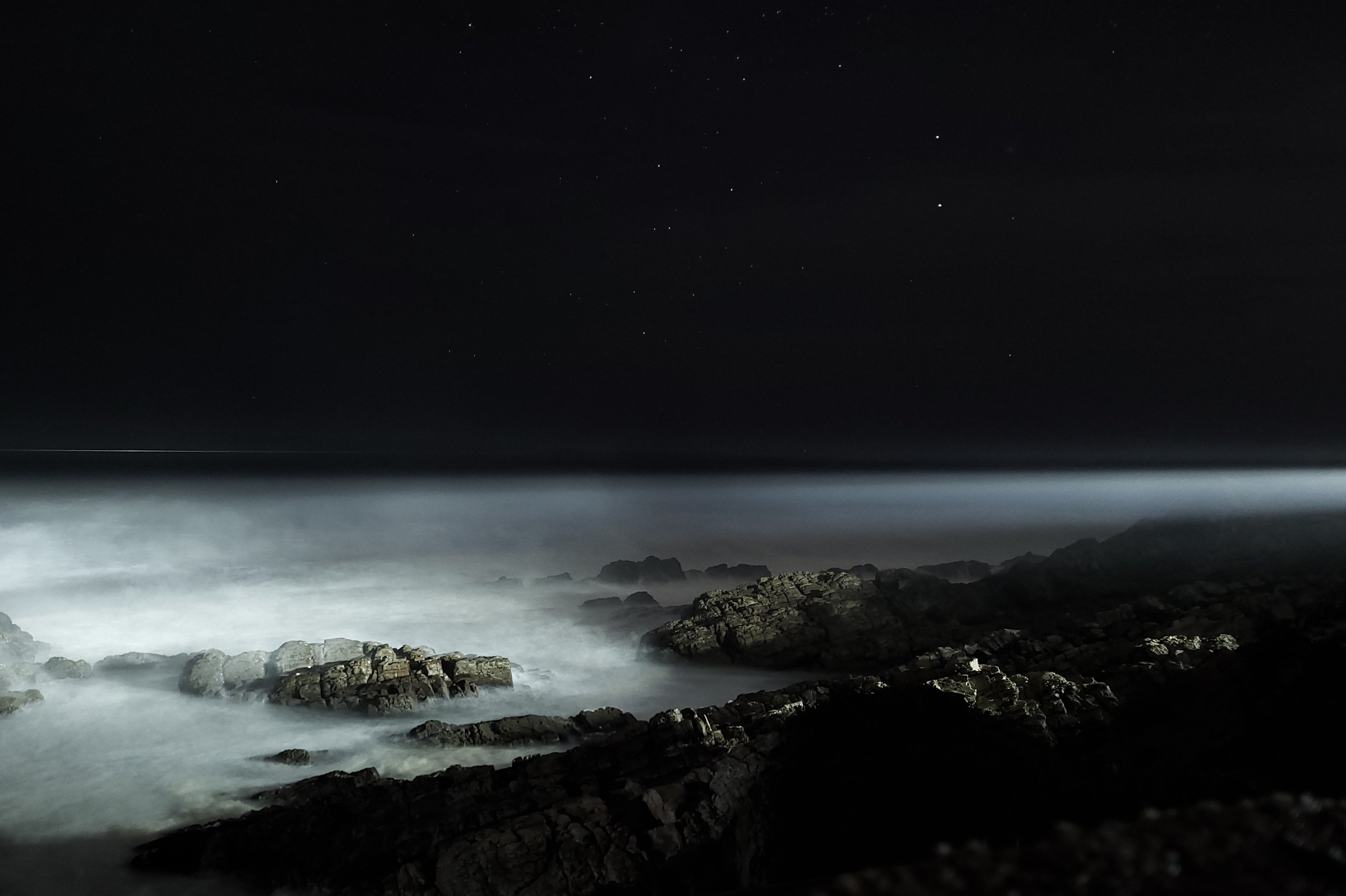
.
estd. 2010
Every soul sings when in Manipal. At MTTN, we weave these melodies into our stories, blogs, and posts. We thrive on raw creativity, bringing this second home to life with our close-knit family of shutterbugs, artists, writers and developers.
Whether it’s our take on a new restaurant in town, tidbits about the places we love, or hilarious hostel stories, we’ve got you covered. Our pens and lenses are never down, so your Manipal experience is always up!
Largest student body in Manipal with over 100+ members across all domains !
Explore DomainsCOLLECTION
clicked by our crew

Clicked By Shreyash Shubh

Clicked By Swastik

Clicked By Sourav

Clicked By Saptashwa

Clicked By Johaan

Clicked By Vaibhav

Clicked By Saptashwa

Clicked By Avadh

Clicked By Rishi

Clicked By Saptashwa
DEPARTMENTS
Writing
At MTTN’s Writing Department, we don’t just write—we narrate your college journey. From crafting captivating stories to headlines that hook, we turn Manipal’s vibrant campus life into extraordinary narratives. If you’ve got a passion for words and a story to tell, this is your tribe. Join us, and let’s make the campus buzz with the stories we create—one word at a time.
Development (Web & App)
At MTTN Development, we don't just innovate—we empower. We build robust platforms for our writers and artists to showcase their hard work, turning creativity into reality. From developing intuitive web and mobile solutions to crafting seamless digital experiences, we’re the backbone of Manipal’s vibrant creative community. If you're passionate about coding and want to make a difference, this is your place.
Videography
Welcome to MTTN’s Videography Department, where we turn the ordinary into extraordinary. Our team aims to capture the unique moments and hidden gems of Manipal, turning them into stories that pop and resonate. If it’s happening at Manipal, we’re there with our cameras, ready to capture the essence of every moment.
Photography
If you love capturing stories and moments in photos, this is the department you definitely want to be a part of; Covering events, capturing moments, finding stories and creating memories
Art & Graphics
The art and graphics team at MTTN aims to produce visually appealing artwork that engages and inspires our audience, both through digital and traditional forms. Looking ahead, we are excited to host on-site art-related events at MAHE. We hope that through these efforts, we're able to foster a refreshing appreciation towards art among students.
BDPR
The Business Development and PR team at MTTN is focused on expanding our influence by managing social media, forging strategic partnerships, and amplifying our voice. If you're passionate about building connections and driving impactful campaigns, join us in elevating MTTN's presence and reputation on a larger scale.
EDITOR'S PICKS
a curated selection of standout content

The Unsettling Awareness Of Your Heartbeat
“I’m confident, I’m cool, I’m collected”, I swear out loud, But in the deepest depths of my brain, something is shoved deep down I can hear the sound of blood rushing in my ears There’s only one part of me that knows my deepest fears...

Laapataa Ladies : Lost in Tradition
Throughout the film, we witness the challenges faced by characters like Phool and Jaya, who grapple with the limitations imposed upon them by tradition and patriarchy. Phool's lack of...

Paris Olympics, 2024: Our Indian Athletes, A Beacon of Pride
As India celebrates its Independence Day, we honor not just our freedom but also the remarkable achievements of our athletes who have made the nation proud on the global stage. The 2024 Paris...

Gun Barrels or Love Quarrels
Lovers to enemies, we’re a rom-com gone wrong. Fireworks of the initial days are now lukewarm. Gun barrels pointing at each other, we aim. Yell, shout, scream, cry, justify, deny, we blame. I’m one of the games you’ve become good at playing...

Revel’s rebel for props
Isn’t this the gleaming time of the year? Amidst all the rush and chaos, have you ever hesitated a minute to click the pretty lights lining the campus, always lingering in the eye with a little lucid lustre?

The Cognizant Citizen: What Happens After R.G. Kar?
9th August, 2024. A dark day in history; so incredibly dire that the entire nation is ablaze in fury. Together, we cry out for justice, on behalf of a voice that can no longer be heard...